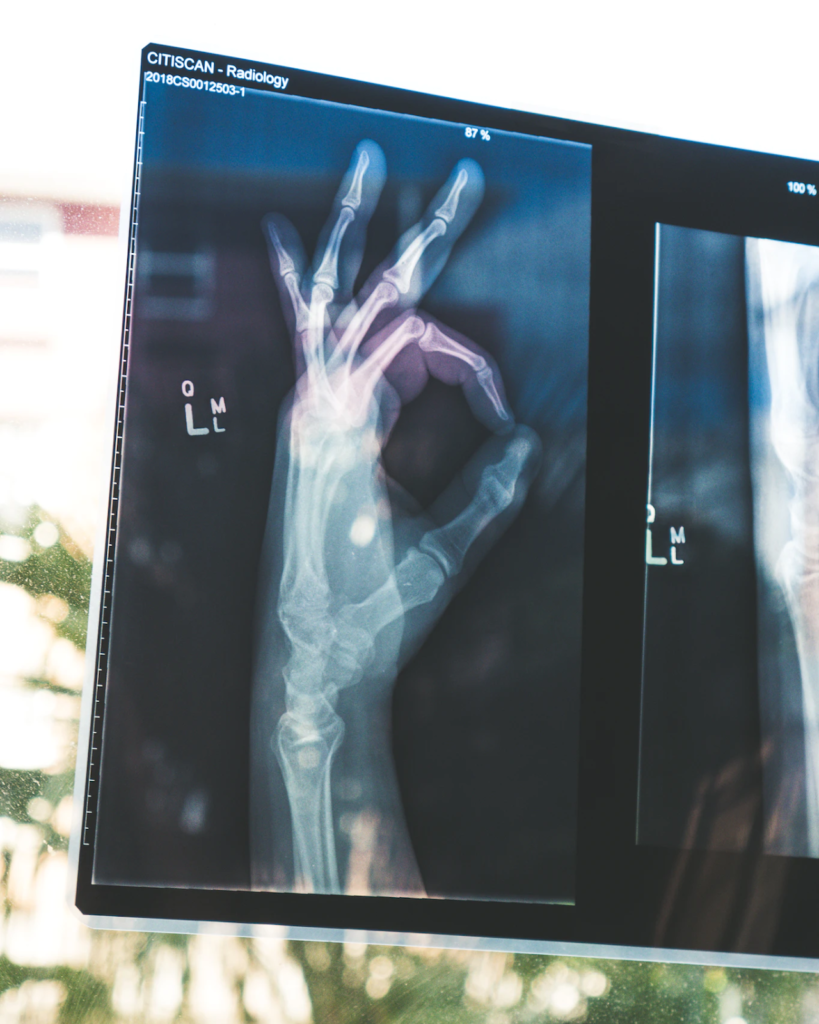Childhood is a time of growth and exploration, where kids engage in various activities and playfulness. However, this period also poses a higher risk of bone fractures, as children’s bones are still developing and may be more fragile compared to adult bones. It is essential to safeguard our little ones from such injuries without necessarily encouraging them to live a life of restrictions and fear.
Wondering how to keep your children’s bones strong and healthy? Here are some of the things parents need to know about kids’ fractures.
Calcium and Vitamin D
You might have heard that bones and teeth are made essentially of the same material. As such, the foundation for healthy teeth, which starts with proper nutrition, also applies for healthy bones. Many parents focus on introducing calcium into the diet of their kids to ensure adequate health. But, one thing you must remember before you start piling yogurts and bottles of milk into the fridge: Calcium alone isn’t sufficient for strong bones. Indeed, calcium requires vitamin D for optimal absorption. Without vitamin D the body struggles to utilize calcium effectively.
It is paramount that parents encourage a diet rich in calcium sources like dairy products, leafy greens, and fortified foods. Additionally, to maximize the benefits of a calcium-rich diet, ensuring your child gets enough vitamin D through sunlight exposure or supplements is essential.
Fragility of young bones
First of all, it is absolutely crucial for parents to understand that children tend to be more prone to bone fractures due to several reasons. Firstly, their bones are still developing and contain more cartilage than adult bones. As a result, bones are softer, and therefore more vulnerable to breaks. Nevertheless, as children grow older, their bones gradually harden and become stronger.
Secondly, another important aspect of children’s growth is how rapid growth spurts can sometimes lead to a temporary weakening of the bones, which can, in turn, make them more susceptible to fractures.
That being said, while bones are more fragile, there is a clear line between accidental breakage, which can occur during a fall, and medical malpractice fracture, which is frequently seen during difficult labors. Birth injuries, for example, should fall within the category of preventable fractures, as you are entrusting your baby to experts. As such, when doctors explain that bone breakage was unavoidable due to the fragility of your baby’s bones, you may want to get answers from professional birth injury attorneys as to whether it was really an unpreventable event.
Playful activities
Play is an integral part of childhood, fostering creativity, social skills, and physical development. However, children’s enthusiasm and lack of coordination can sometimes result in falls and injuries. It is important to choose age-specific playgrounds and activities that match your child’s physical abilities and developmental stage.
Additionally, when choosing a playground, take the time to review the equipment. It should be well-maintained with proper cushioning and fall zones to minimize the impact of accidents.
It can also be useful to teach your child proper techniques for climbing, jumping, and landing safely. Emphasizing the importance of using handrails, holding onto safe objects, and maintaining balance during activities can be a game-changer!
In conclusion, protecting your children’s bones is vital for their overall well-being and active lifestyle. Remember that prevention and awareness are the keys to safeguarding your child’s bones, allowing them to grow, explore, and thrive in a safe manner.
Thank you for reading!


